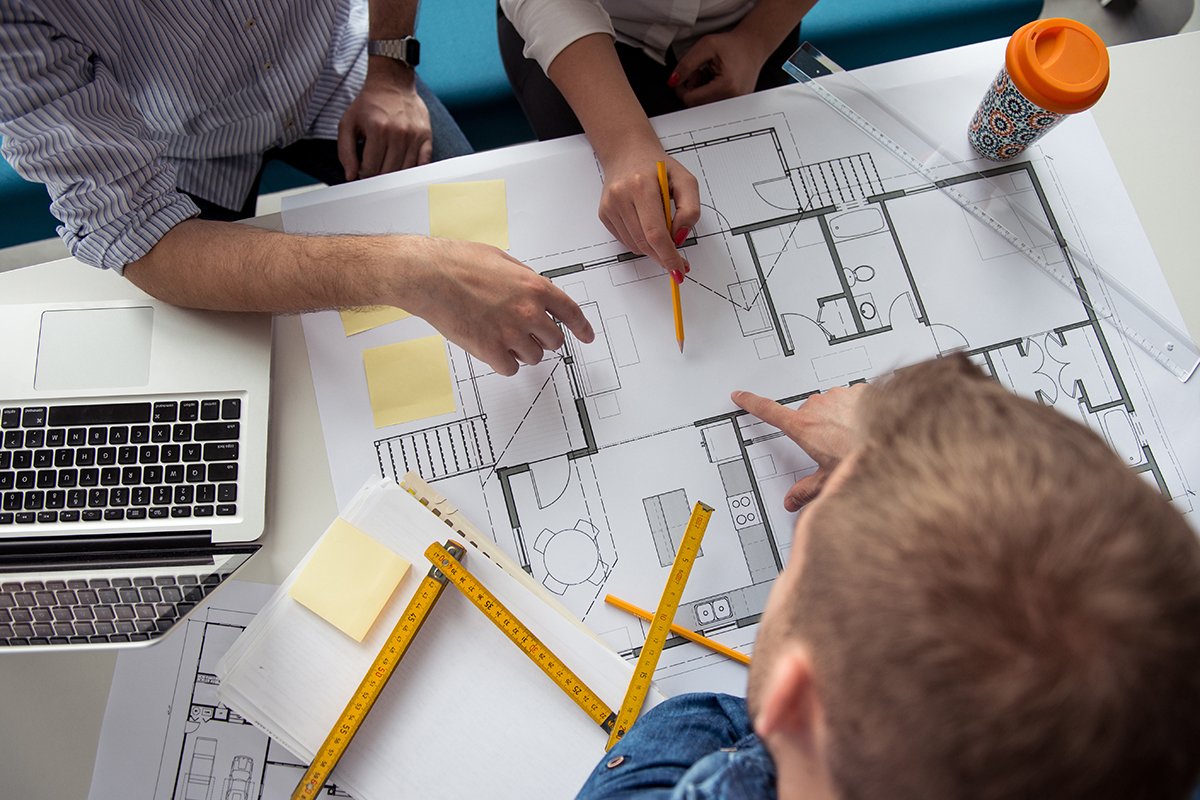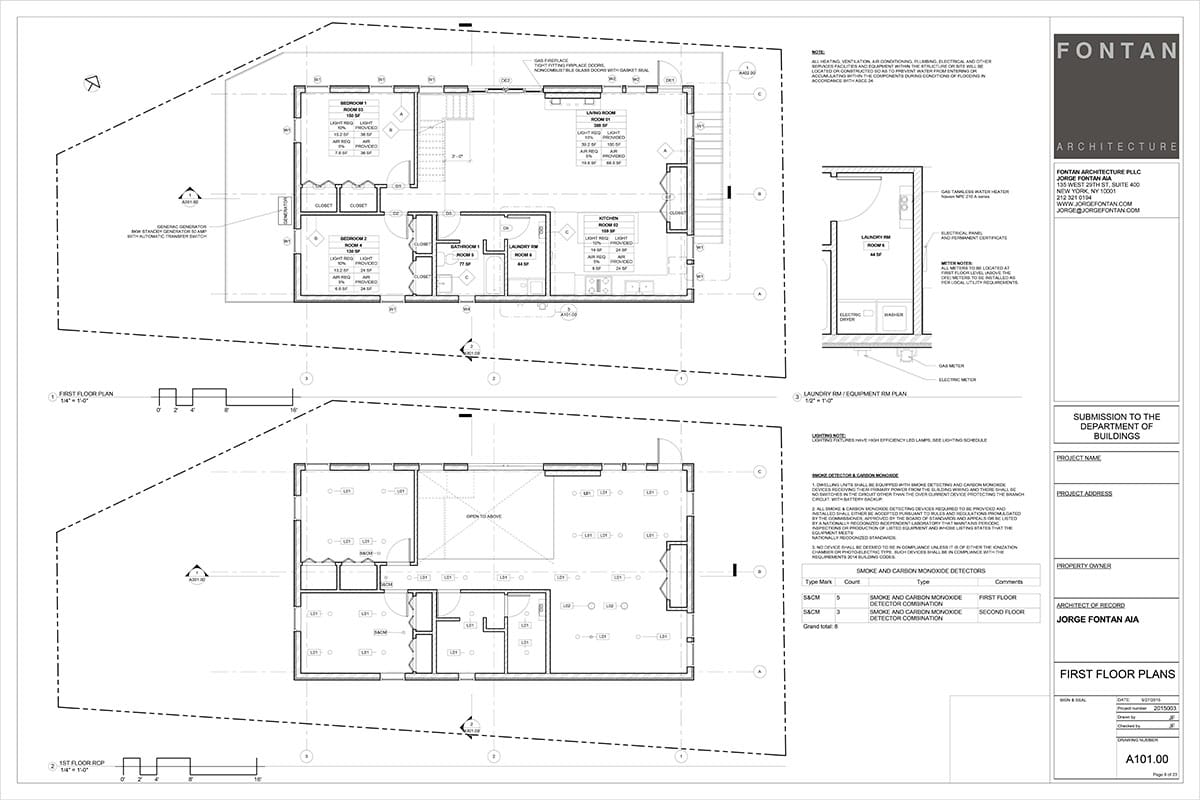Transforming Areas: The Vision of CDA Architects for Modern Living
Transforming Areas: The Vision of CDA Architects for Modern Living
Blog Article
Discovering the Diverse Responsibilities and Skill Sets Required for an Effective Occupation in Style
Engineers are charged not just with the visual elements of layout yet additionally with the complex subtleties of job monitoring, effective communication, and cooperation across numerous techniques. What exists at the intersection of these varied competencies, and how do they form an architect's journey toward success?
Key Obligations of Designers
Architects bear a plethora of duties that are critical to the successful conclusion of a job (cda architects). Central to their function is the development of extensive design concepts that straighten with the customer's vision while adhering to regulative criteria. Designers take part in considerable consultations with customers, gathering essential details about their demands, choices, and spending plan restrictions, which informs the design procedure
Along with concept, engineers are entrusted with producing thorough drawings and requirements that serve as blueprints for construction. They should make sure that these documents are not just visually pleasing but additionally practical and sustainable. Collaborating with designers, professionals, and various other experts is an additional vital duty, as designers coordinate various aspects of a task to guarantee coherence and efficiency.
Additionally, engineers have to remain alert about project timelines and budgets, regularly carrying out analyses to recognize potential dangers and delays. They are also in charge of acquiring needed permits and guaranteeing conformity with neighborhood building codes. Finally, engineers play a vital function in overseeing building, conducting site check outs, and attending to any issues that develop, making certain that the end product fulfills the well established layout and high quality standards.
Vital Technical Skills
A robust foundation in vital technological skills is crucial for designers to efficiently navigate the complexities of the design and building and construction processes (cda architects). Proficiency in computer-aided design (CAD) software application is basic, as it permits designers to create accurate and comprehensive building drawings. Familiarity with Building Details Modeling (BIM) is similarly essential, allowing designers to picture and mimic the construction process, handle job information, and team up efficiently with various other stakeholders
Furthermore, a solid understanding of architectural, mechanical, and electric systems makes certain that engineers can design buildings that are not only cosmetically pleasing yet additionally useful and safe. Expertise of building and construction methods and products is important to make informed choices that line up with task budgets and timelines.
Additionally, engineers should have skills in job management, consisting of organizing, budgeting, and resource appropriation, to guarantee that projects are finished efficiently. An understanding of local building ordinance and policies is likewise vital, as it makes certain conformity and helps protect against legal issues.

Creative Trouble Fixing
Imaginative issue fixing is a crucial expertise for engineers, enabling them to attend to distinct obstacles that occur throughout the style and building and construction phases. Engineers often come across intricate concerns, such as site constraints, zoning policies, and client demands, which demand innovative and effective solutions. The browse around this web-site capability to believe critically and creatively is vital in creating concepts that are both practical and aesthetically pleasing.
Reliable imaginative problem fixing involves a systematic strategy, beginning with comprehensive analysis and recognition of the trouble. Engineers need to evaluate numerous point of views, taking into consideration elements such as sustainability, cost, and area effect. This process typically includes brainstorming sessions, where varied concepts are urged and checked out.
Cooperation plays a significant role in this expertise. Involving with multidisciplinary teams permits architects to leverage this hyperlink varied proficiency, promoting an atmosphere where distinct options can arise. Furthermore, designers must continue to be versatile, as obstacles commonly progress throughout a project's lifecycle.
Inevitably, effective creative issue fixing not only solves immediate concerns yet also enhances the overall integrity and vision of the architectural layout. By accepting this ability, architects can produce areas that reverberate with users while dealing with the complex needs of their profession.
Project Administration Methods
Effective task management techniques are crucial for making sure the effective implementation of architectural ventures (cda architects). These techniques encompass a variety of methodologies targeted at maximizing sources, managing time, and regulating costs. One fundamental method is the usage of the Project Administration Institute's (PMI) structure, that includes defining job scope, setting clear goals, and establishing an in-depth timeline
Additionally, embracing Agile approaches can boost versatility and responsiveness throughout the task lifecycle, permitting engineers to adapt to altering client requirements or unanticipated challenges. Utilizing tools such as Gantt charts and task monitoring software program likewise promotes monitoring development and preserving accountability among group members.
Danger monitoring is an additional vital aspect, needing architects to determine prospective obstacles early and establish mitigation techniques. Normal progression evaluations and stakeholder assessments guarantee that tasks stay aligned with preliminary goals and expectations.
Moreover, the application of Lean concepts promotes efficiency by decreasing waste and improving procedures. Eventually, understanding these project management methods not just boosts the quality of architectural projects however likewise contributes to the sustainability and success of architectural companies. This extensive technique is essential for website link navigating the intricacies intrinsic in the field of architecture.
Value of Communication Abilities
Communication abilities are integral to the success of any architect, as they facilitate partnership among varied stakeholders, consisting of clients, service providers, and employee. Reliable interaction makes sure that the vision of a task is plainly verbalized and recognized by all events involved. This clarity is important to aligning assumptions and reducing misunderstandings that may emerge throughout the design and building and construction processes.
Architects must possess both spoken and written communication skills, as they regularly existing styles, draft proposals, and discuss agreements. The capability to listen actively is similarly crucial; architects must comprehend the needs and preferences of customers to create spaces that reflect their vision while sticking to functional restrictions.

Ultimately, strong interaction abilities not just add to the smooth execution of building projects however likewise aid build lasting connections with customers and partners, which is necessary for expert development and credibility in the competitive area of design.
Conclusion
Architects have to stabilize creative vision with technological efficiency, effective project monitoring, and solid communication capabilities. The interaction of these proficiencies facilitates the growth of cutting-edge and sustainable building options, making sure that projects not just satisfy customer assumptions yet additionally adhere to sector criteria.
Report this page